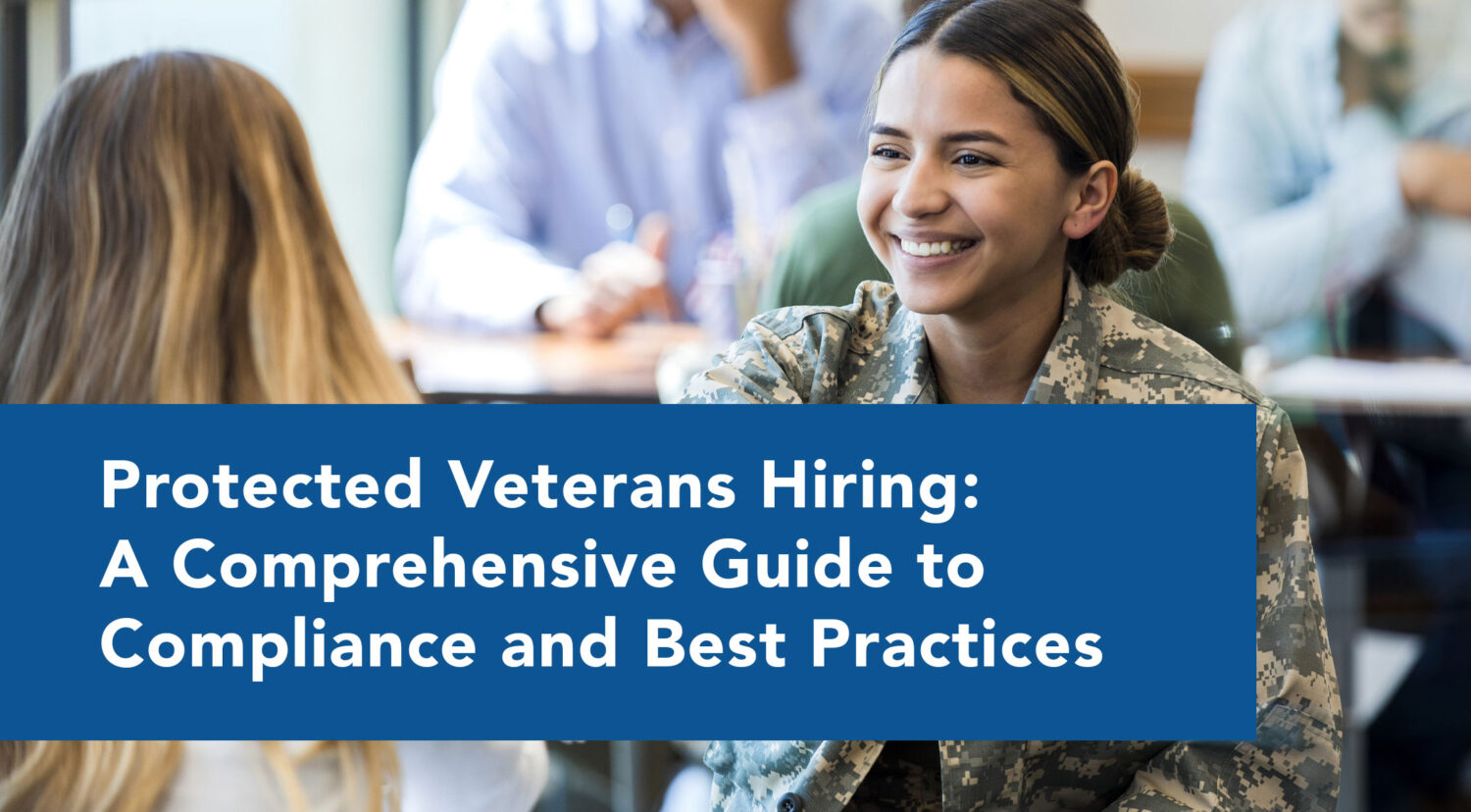

Protected veterans hiring is a crucial aspect of workforce diversity and compliance with federal regulations. These individuals, who have served their country with dedication and sacrifice, bring a wealth of experience, discipline, and skills to the civilian job market. However, their transition to civilian employment can be challenging. To address these challenges and promote inclusivity, the concept of “Protected Veterans Hiring” has become increasingly significant.
Understanding Protected Veterans
Protected veterans include those who fall under categories defined by the Vietnam Era Veterans’ Readjustment Assistance Act (VEVRAA) and other related legislation. These categories include:
- Disabled Veterans: Veterans with disabilities connected to their military service.
- Recently Separated Veterans: Those who have separated from military service within the last three years.
- Active-Duty Wartime or Campaign Badge Veterans: Veterans who served on active duty during a war or in a campaign or expedition for which a campaign badge has been authorized.
- Armed Forces Service Medal Veterans: Veterans awarded the Armed Forces Service Medal for participation in a U.S. military operation.
Legal Framework and Compliance
Employers, especially federal contractors and subcontractors, must comply with specific regulations to support protected veterans:
- VEVRAA: Requires affirmative action in hiring and promoting protected veterans and mandates federal contractors to list job openings with appropriate employment services.
- Section 503 of the Rehabilitation Act: Prohibits discrimination against individuals with disabilities, including disabled veterans, and requires affirmative action to employ and advance them.
- Executive Order 11246: Prohibits employment discrimination based on race, color, religion, sex, sexual orientation, gender identity, or national origin.
Best Practices for Hiring Protected Veterans
- Develop a Veteran Recruitment Strategy:
- Partner with Veteran Organizations: Collaborate with groups like the American Legion, Disabled American Veterans (DAV), and local veterans’ employment representatives to identify and recruit veteran talent.
- Utilize Veteran Job Boards: Post job openings on veteran-focused job boards such as HireVeterans.com, Military.com, and the National Labor Exchange (NLx).
- Attend Veteran Job Fairs: Participate in job fairs specifically targeted at veterans to connect directly with potential candidates.
- Create a Veteran-Friendly Application Process:
- Translate Military Skills: Provide resources or tools that help veterans translate their military experience into civilian job qualifications.
- Simplify the Application Process: Ensure your application process is straightforward and accessible, avoiding jargon that might be unfamiliar to veterans.
- Foster an Inclusive Workplace Culture:
- Veteran Employee Resource Groups (ERGs): Establish ERGs to provide support, networking opportunities, and a sense of community for veteran employees.
- Training and Sensitization: Conduct training sessions to educate non-veteran employees about military culture and the unique experiences of veterans.
- Provide Ongoing Support and Development:
- Mentorship Programs: Pair new veteran hires with experienced employees who can help them navigate the workplace and grow professionally.
- Career Development: Offer training and career development opportunities to help veterans advance within the organization.
Benefits of Hiring Protected Veterans
- Diverse Skill Sets: Veterans bring a wealth of skills and experiences, such as leadership, teamwork, and problem-solving, which are valuable in any workplace.
- Enhanced Work Ethic: Veterans are often known for their strong work ethic, discipline, and dedication, making them reliable and committed employees.
- Tax Incentives: Employers may be eligible for various tax incentives, such as the Work Opportunity Tax Credit (WOTC), for hiring veterans.
- Improved Company Reputation: Demonstrating a commitment to hiring and supporting veterans can enhance a company’s reputation and appeal to customers and clients who value corporate social responsibility.
Conclusion
Hiring protected veterans is not only a legal obligation for certain employers but also a strategic advantage that can enrich an organization with unique skills and perspectives. By developing a robust veteran recruitment strategy, creating an inclusive workplace culture, and providing ongoing support, employers can effectively attract, retain, and benefit from the talents of protected veterans. This commitment not only complies with federal regulations but also honors the service and sacrifices of those who have served in the armed forces.
HR Unlimited, Inc. specializes in helping federal contractors and employers effectively meet their AAP and EEO compliance obligations. Please contact us to discuss any of your questions, concerns, or needs in this area.





